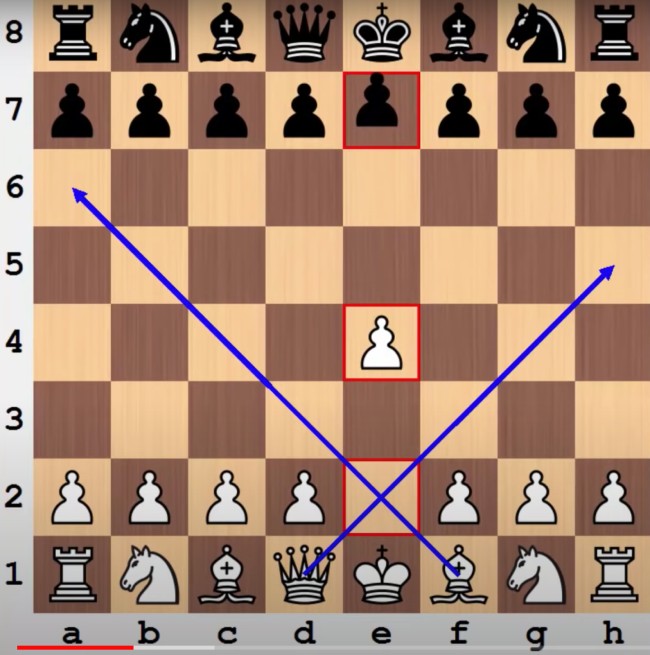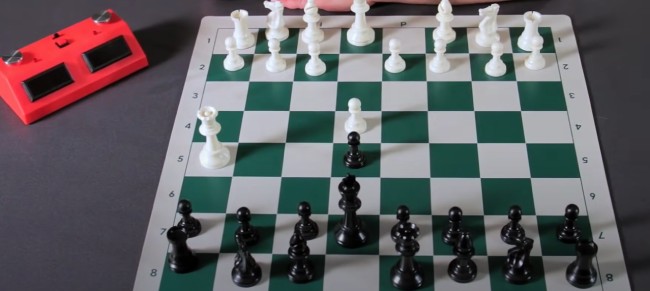How to win chess in 4 moves?
Are you interested in learning how to play chess like a pro? In this blog post, we’ll provide detailed…
How Does A King Move In Chess?
Do you find it challenging to understand How Does A King Move In Chess? You’re not alone, as many…
How to win chess in 3 moves?
How to win chess in 3 moves? Whether you’re a budding chess enthusiast or an already accomplished master. Are…
How Many Pieces In A Chess Set?
Have you ever stopped to ponder how Many Pieces In A Chess Set? If you’re like me, this question…
How To Set Up Chess Pieces?
Are you searching for How To Set Up Chess Pieces when playing for the first time? Have you ever…
How it Is A Chess Board Set Up?
You’ve just purchased your first chess set, but wait a moment, do you know how it Is A Chess…

Rhonda Brooks
Lorem ipsum dolor sit amet, consectetur adipiscing elit. Aenean diam dolor, accumsan sed rutrum vel, dapibus et leo.
Subscribe To Newsletter



